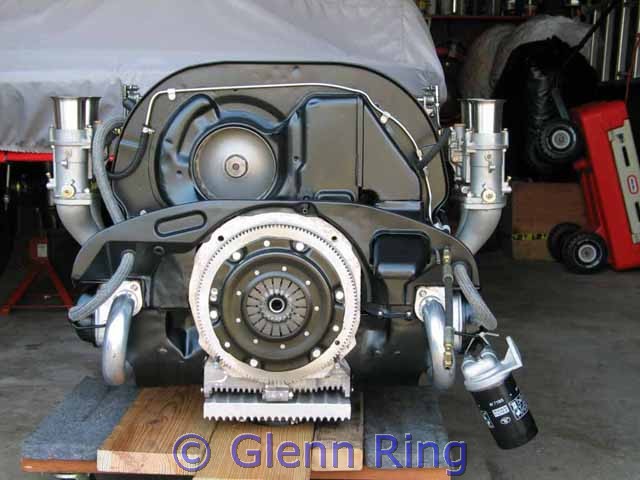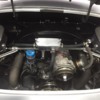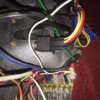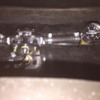Wow ! totally forgot specs and pictures... my bad. its a Beck speedster with CB performances 1915cc topped off with dual Webber 40mm. I have 2 plastic filters (one going before the pump and one after). Their is also a shut off valve to starve the carbs when winterizing (I guess). I got the car that way ... not a big fan of the way it is done.
This is an old picture from when I purchased the car, you barely see the fuel filter and the shut off valve. I will have access the the car next week to post a better one.
When replacing the filters the last bit of line between the filter and the pump snapped and I replaced it. The line runs between the left carb and the Air Box. The new line is a bit longer and instead of running under the fresh air tube it goes around it. I guess that is what could be the problem.
What I am thinking here is to have an electric pump by the fuel tank in the front of the car, new rubber fuel rated lines and have a brass T fitting right behind the air box to feed both carbs. That way I avoid having lines running through the engine bay with a bunch of connections and filters each adding to the chances of a roadside BBQ.
My idea here is just to keep it simple and keep the car healthy on the long run.
Their is many pumps out there with different pressure rating... I was "window shopping" at CIP1.ca and found that one : http://www.cip1.ca/ProductDeta...=C26%2D127%2D202%2DB
Not sure what pressure is required for my setup.
Thanks all for the great support.
jc














